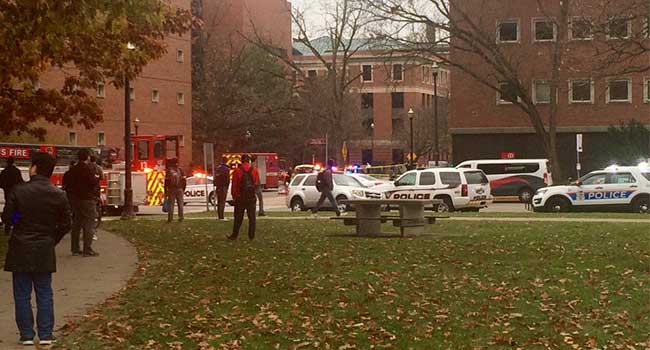
Ohio State “After Action Review” Suggests Changes after Car-and-Knife Attack
Ohio State University is moving to make changes to security procedures after a review of emergency communication following the car-and-knife attack on campus last November.
The university implemented a review of emergency procedures after learning that some contractors and visitors were unaware of the campus-wide “Buckeye Alerts” to seek shelter during the attack that injured 13 people.
The review suggested that too much time had passed between the 10 Buckeye Alerts, which were issued over a seven hour time frame, according to officials at the OSU Police Department. The alerts also lacked specific details about the attack that would have been helpful for students to know.
The report suggests several changes to security measures that the university is reviewing. Some have already been implemented. Here’s some the recommended problems from the “After Action Review.”
- The university phone operator transferred many calls from worried parents and media to a 911 call center, limiting dispatchers, “ability to focus on strategies/tactics” regarding the incident.
- Ohio State and City of Columbus tactical teams had a difficult time trying to communicate with each other as the radios they used had different versions of encryption.
- University police were not trained to use a “fire alarm speaker system” to communicate with occupants in campus buildings, this meant many who were on campus but were not registered with the Buckeye Alerts system were not aware of an incident on campus.
- After the incident, the body of the perpetrator was covered with a sheet and left lying in plain sight for several hours. The university plans to purchase equipment to shield a body from view while an investigation is ongoing.
- Some students, faculty and staff were unaware of what to do in an emergency situation, despite alerts instructing them to “Run, Hide, Fight.” The university plans to step up emergency prevention and preparedness initiatives.
- Officials will look for a way to make alerts less generic and continue to support dispatchers sending the initial alerts but will allow for emergency officials to take over responsibility of alerts as soon as possible.